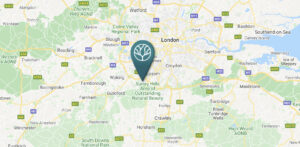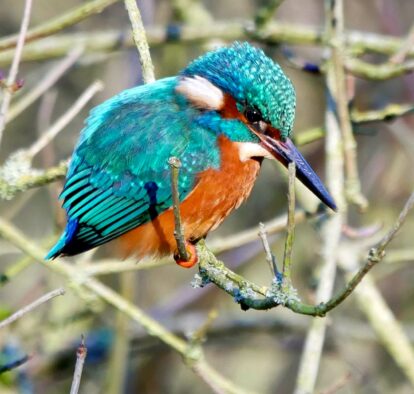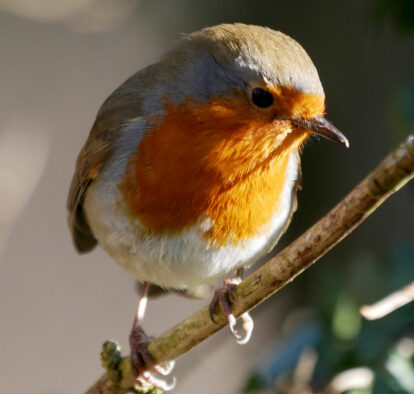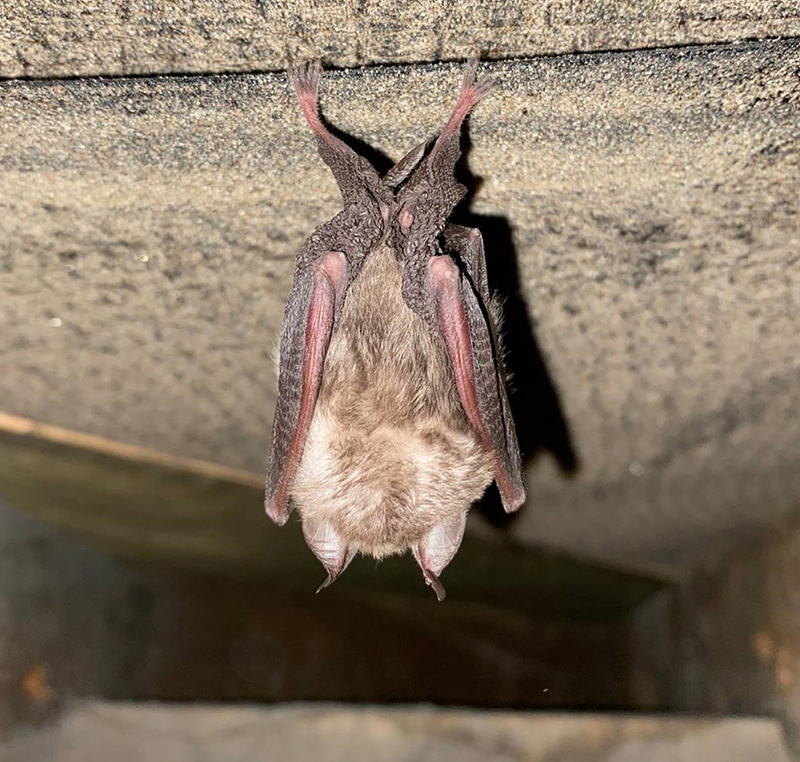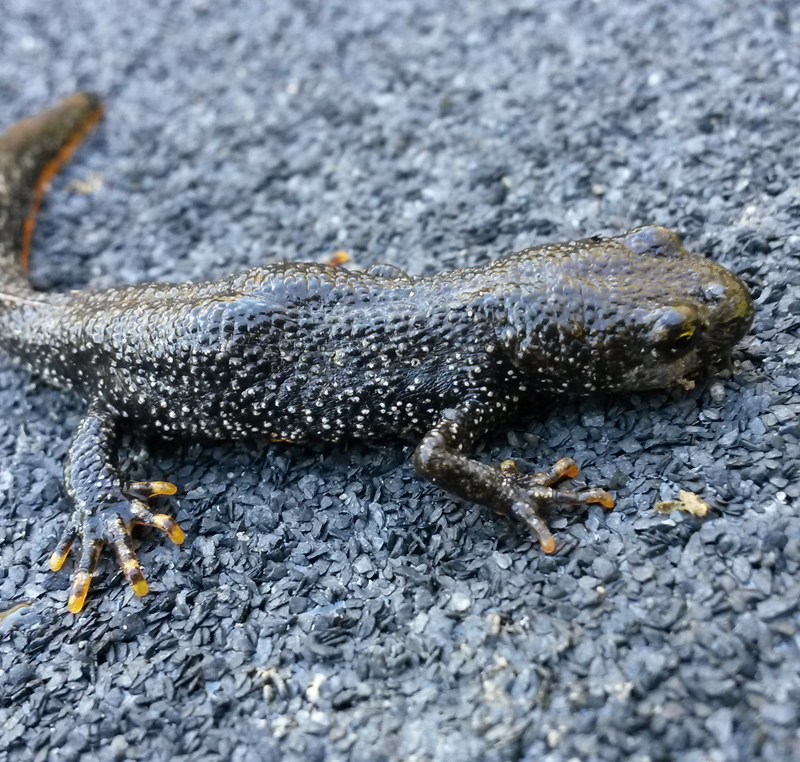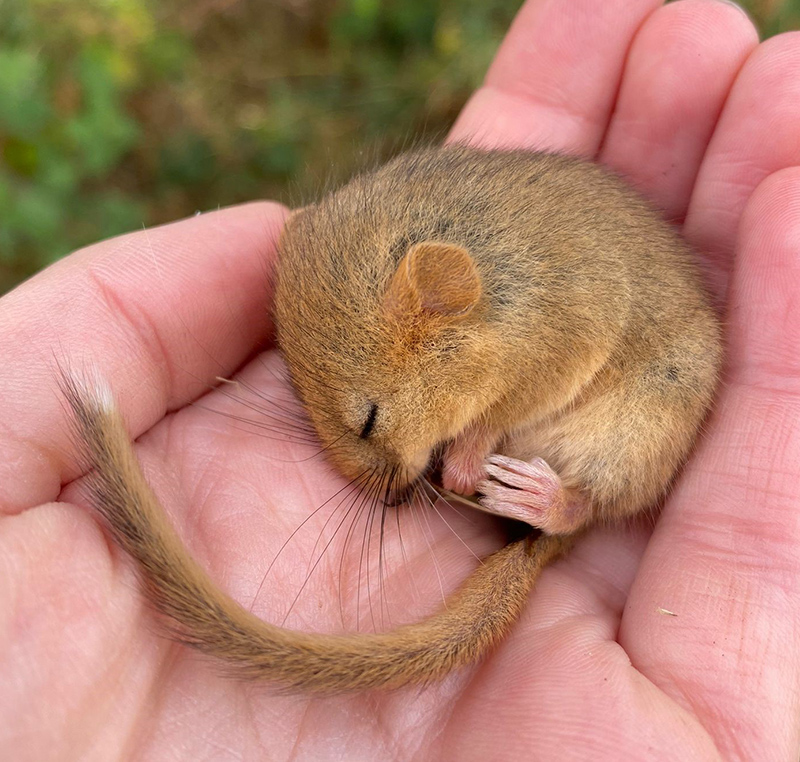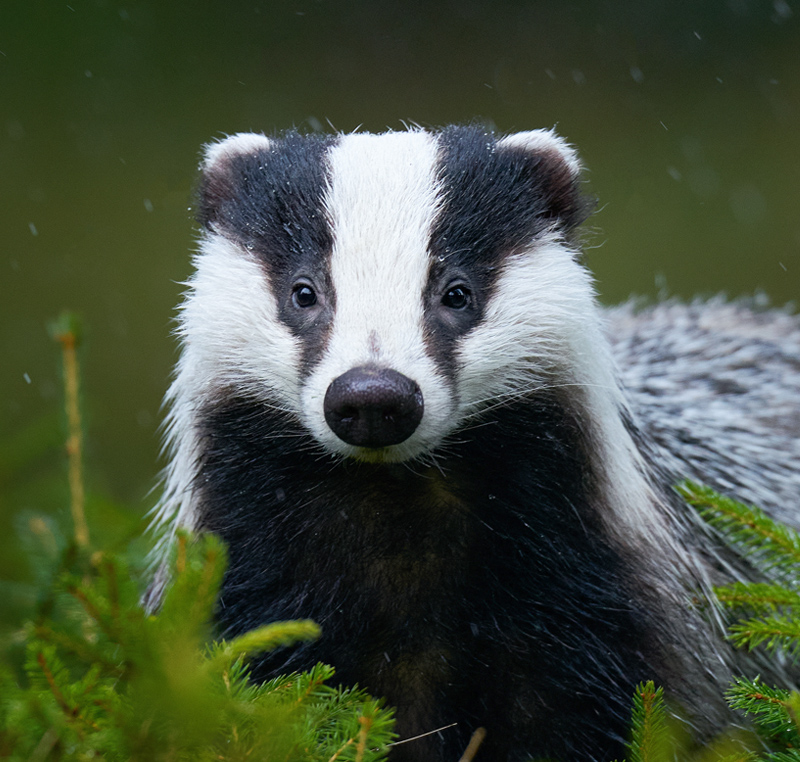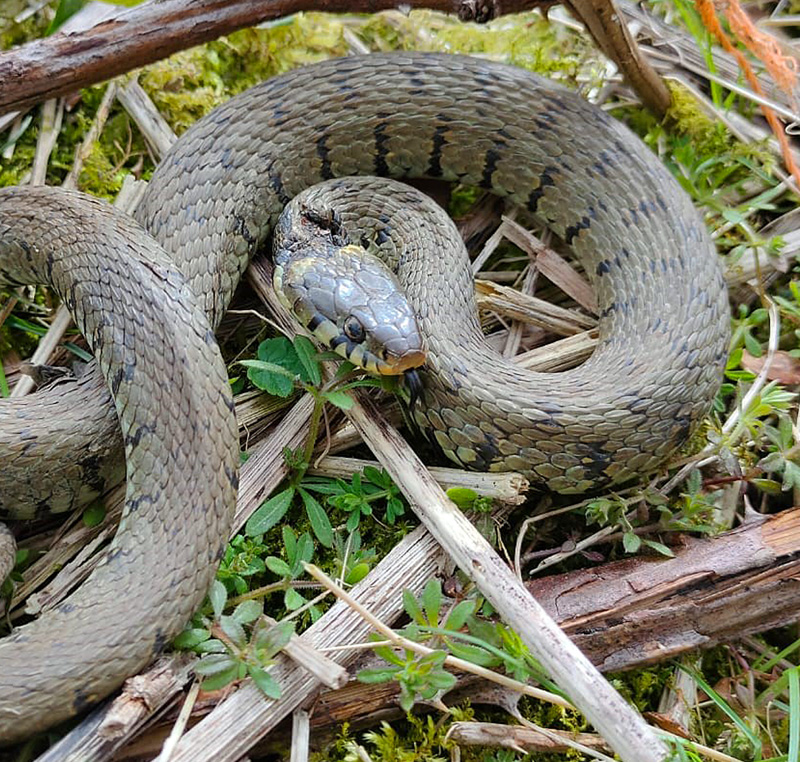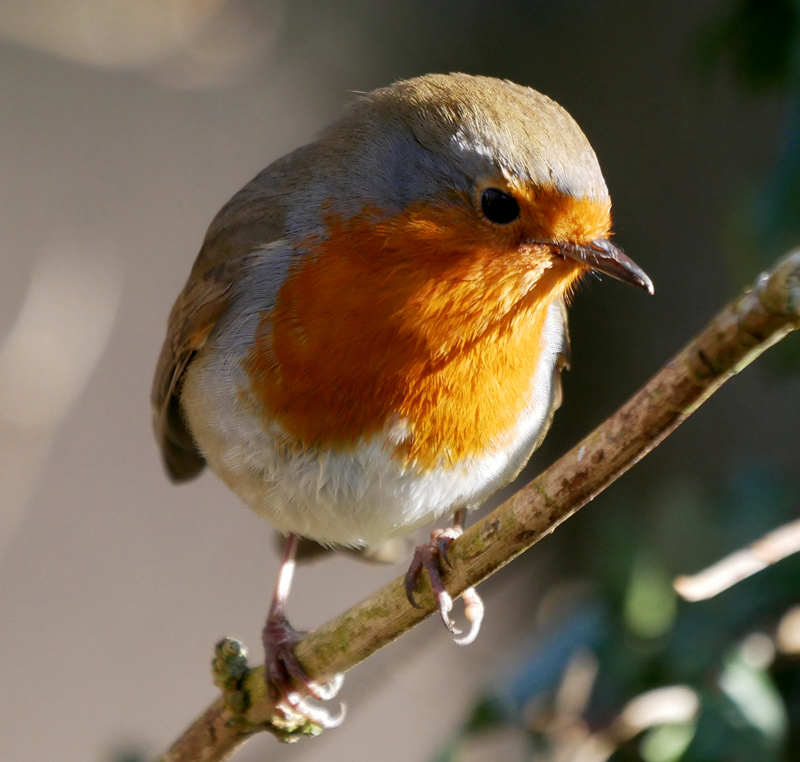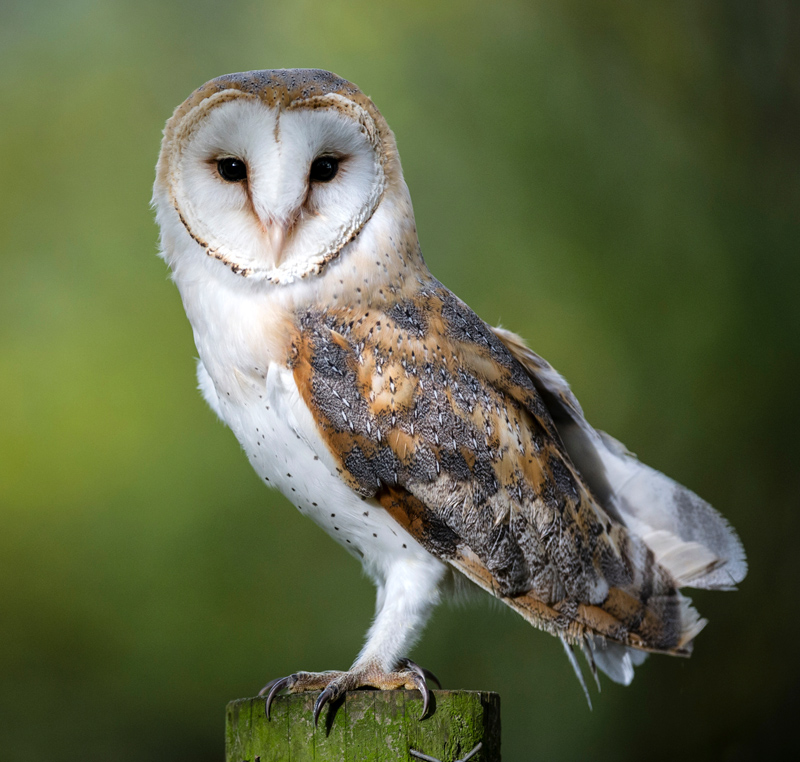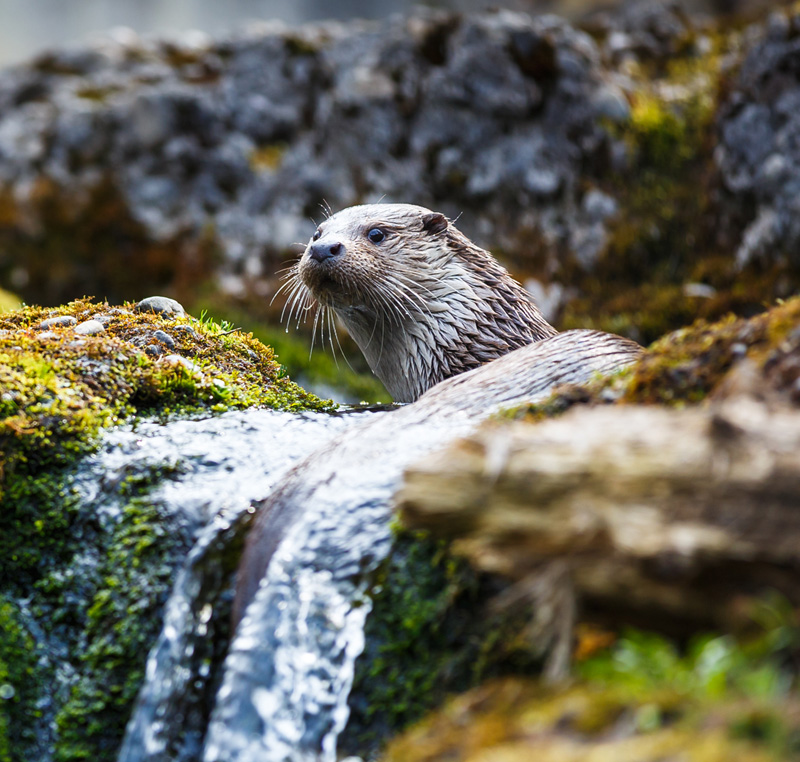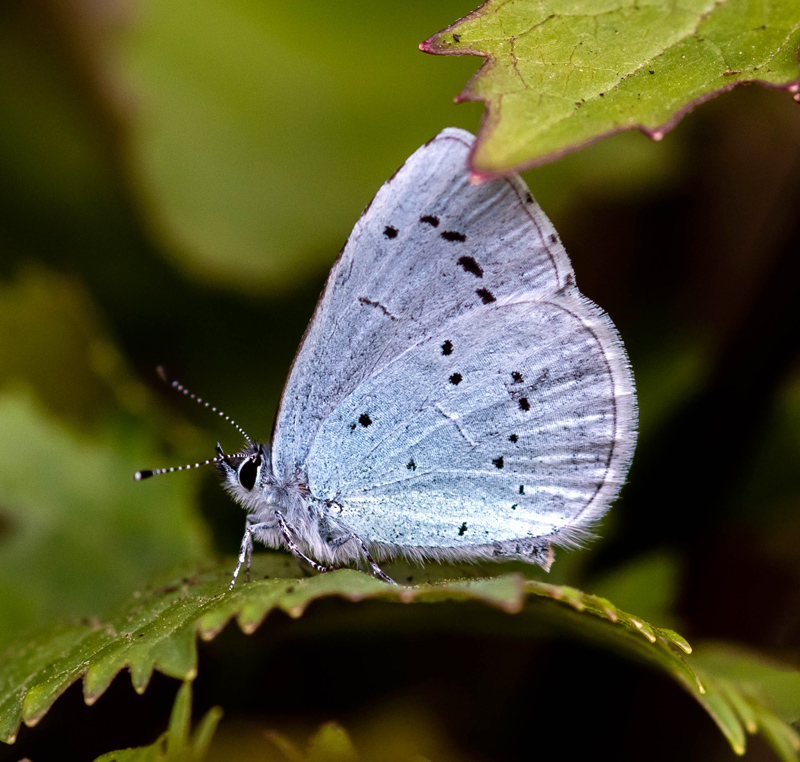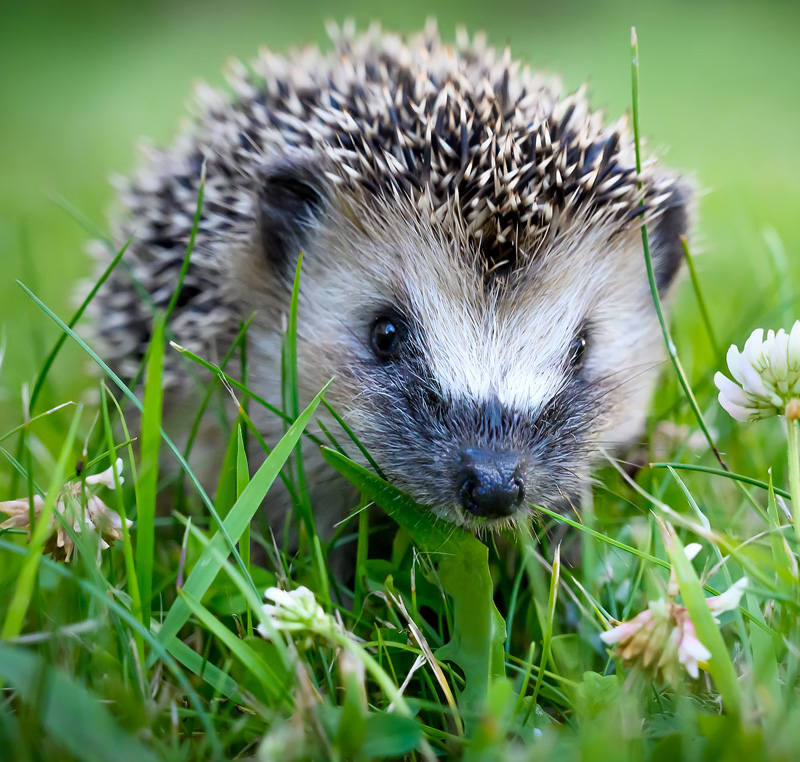Birds
Legal Protection
All wild birds native to the UK (including migratory species) are protected under the Wildlife and Countryside Act 1981. Nesting and breeding birds are also protected under the Act which makes it an offence to recklessly kill, injure or take any wild birds, nests or eggs. Several birds, such as barn owls, are schedule 1 listed species, which are given further legal protection.
Assessments should also be made on the potential impacts of development on protected bird assemblages associated with Special Protection Areas (SPAs). This may involve assessing direct and indirect impacts on SPA designations, including the development of functionally linked land. Such surveys are therefore fundamental in supporting HRA assessments.
Survey Work...
The Ecology Partnership offer a range of bird surveys associated habitats present and species that are likely to occur. This can be as simple of as a check of nesting bird habitat prior to site clearance, or a detailed survey as detailed below.
Breeding Bird Survey...
This survey is conducted using the standard Common Bird Census methodology developed by the British Trust for Ornithology (Gilbert et al. 1998). This method uses registration mapping which, with appropriate survey input, can allow for the estimation of breeding territory numbers and the distribution of territories for each species.
Typically, at least three surveys are carried out at different times of the year to consider the breeding seasons for a range of species. For example, resident species establish territories as early as March whilst some migrant species do not arrive to start breeding until May.
The British Trust for Ornithology recommends one early season visit between mid-April and mid-May and one late season visit between mid-May and late-June, with at least four weeks between survey dates.
Farmland Bird Survey...
This survey is aimed specifically at assessing the species which could be using farmland habitats, as these are often specialists. The RSPB’s UK Farmland Bird Indicator lists 19 species which are most at risk from development due to their dependence on farmland and their inability to thrive in other habitats.
The methodology is similar to the one used for Breeding Bird Survey, with at least three surveys recommended at different times of the year to take into account both breeding and over-wintering activity.
Wintering Bird Survey...
Wintering bird surveys are also required to assess if the land is functionally linked to SPA and Ramsar designated sites. Birds are mobile and species that are qualifying features of the SPA, either individually or as a part of the waterbird assemblage, may feed on land outside of the SPA boundaries. Occasionally impacts to such habitats can have a significant effect upon the special interest of a European site. Habitats used by significant numbers of qualifying features of the SPA are defined as functionally linked to the site and so require assessment under the Habitats Directive and Regulations, as if they were within the SPA boundary.
It is usually recommended surveys are undertaken each month from November – February .The number of surveys required is variable and can include several surveys per month. This methodology is similar to the Breeding Bird Survey, where a transect is walked and species are mapped.
If you require more information on these assessment or further ecological consultancy, please call us or email us.
01372 364 133
info@ecologypartnership.com
Follow us
The dormouse is home!
Found and rehomed under licence #bats #longears #lovebats
Last #bat #survey of the year!
Autumn colours!
Meeting the locals #surveying
Sunset bat surveys #views #bats
Enjoying the autumn sunshine! #surveying
Surveying fleabane! #surveys #yellow
Gloworm #magic on last nights bat survey #invertebrates #survey
Moomin adventures #travel #moomins
#lifegoals #moomins @MoominOfficial
Slo-mo bat in flight captured by the team! Brilliant batting! #bats #surveying
Found another! #moomin
Moomin tastic! #moomins @moominmuseum @MoominOfficial magical!
Beautiful lines #Helsinki #library
Staff day out! #summer #fun
Someone is home!
Glow worm magic…
Dormice confirmed!
Stunning grass snake found today #reptiles #survey
So do I stay up and watch as much as I can? Or do I sleep now and set the alarm for 3.30 for the rush?
Another stag beetle! Saved from a footpath! #beetles
Bucket of lizards #reptiles
Evening #bat #survey
Building assessments are always interesting! #art #batsurvey
Calcareous grassland day! #surveys #grasslands
Dormouse training day! What wonderful creatures!
Bat survey visitor! #badger
Longhorn moth! Check out the huge antennae! #surveys #moths
Hello bats! Looks like brown long eared but droppings taken for DNA analysis #surveys #bats
